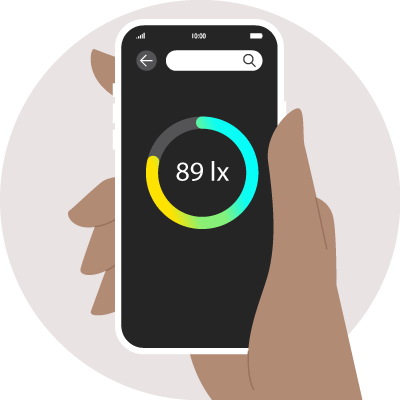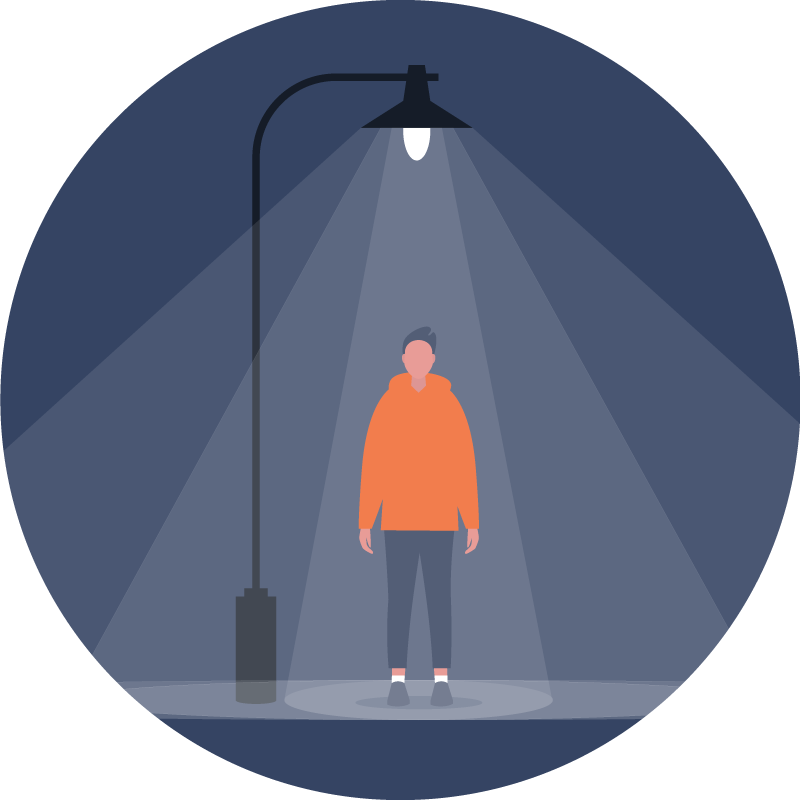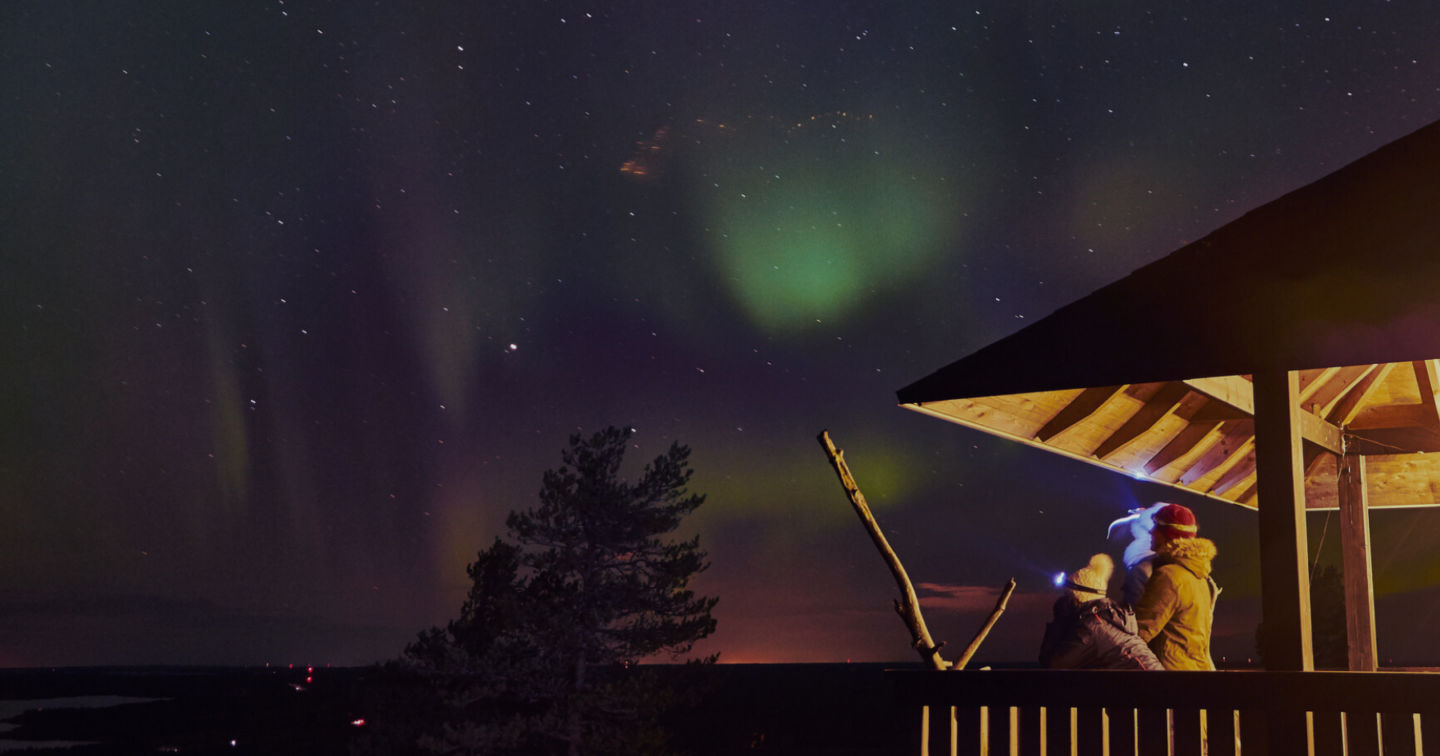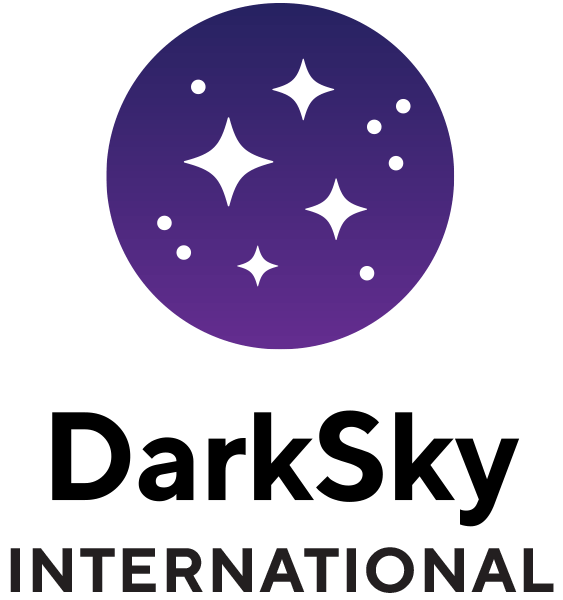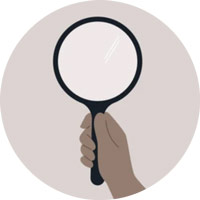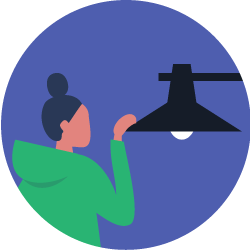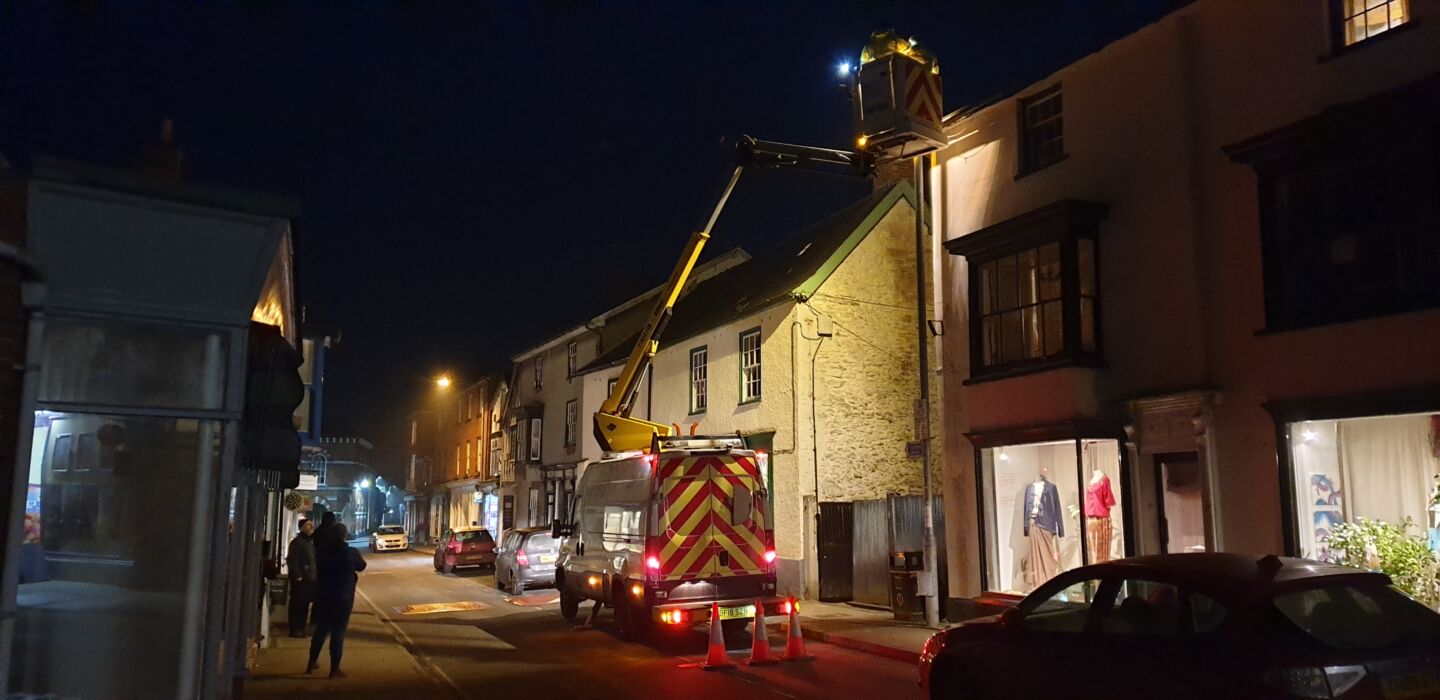
Solutions to light pollution

Light pollution is harming our environment, wildlife habitats, and our quality of life.
Every day needs a night
All around us, this unintended pollutant is taking a silent toll. Each year, thousands of migrating birds and shorebirds are killed because of unnecessary artificial light at night. Light pollution threatens aquatic ecosystems by increasing the risk of harmful algae blooms. It also impacts our quality of life by eradicating our access to the wonder of beautiful night skies.
Help us save the night
The good news is, the solution is as easy as screwing in a lightbulb. Light pollution is something we can all help erase, in our homes and backyards, the parks that we play in, and the cities and towns we call home.
Some of the tactics and actions you can take to help immediately are provided below. We hope you’ll join us as we tackle this major problem that gets minimal coverage.
- LEDs and compact fluorescents (CFLs) can help reduce energy use and protect the environment, but only warm-colored bulbs should be used.
- Dimmers, motion sensors, and timers can help to reduce average illumination levels and save even more energy.
- Outdoor lighting fixtures that shield the light source to minimize glare and light trespass help prevent light pollution. An illustrated guide to acceptable vs. unacceptable types of light fixtures can be found here.
- Switching to LED lighting allows for reduced illuminance without compromising visibility.
- Unnecessary indoor lighting — particularly in empty office buildings at night — should be turned off. This will help prevent leakage of interior light into the night sky.
- The use of blue lights at night should be avoided:
- Outdoor lighting with strong blue content is likely to worsen sky glow because it has a significantly larger geographic reach than lighting consisting of less blue.
- Blue-rich white light sources are also known to increase glare and compromise human vision, especially in the aging eye. These lights create potential road safety problems for motorists and pedestrians alike. In natural settings, blue light at night has been shown to adversely affect wildlife behavior and reproduction. This particularly true in cities, which are often stopover points for migratory species.
- DarkSky recommends that only warm-appearing light sources be used for outdoor lighting. This includes low-pressure sodium (LPS), high-pressure sodium (HPS), and low-CCT LEDs.
- “Warm” toned or filtered LEDs (CCT 3000 K or lower; S/P ratio 1.2 or lower) should be used to minimize blue emission.
Our DarkSky Approved program certifies environmentally friendly lighting products. Its searchable database makes it easy for you to find DarkSky Approved light fixtures — fixtures that are fully shielded and have a low CCT — as well as other DarkSky Approved devices like timers and other controllers.
Take a few moments to inspect your property for inefficient, poorly installed, and unnecessary outdoor lighting. Learn more about responsible outdoor lighting.




